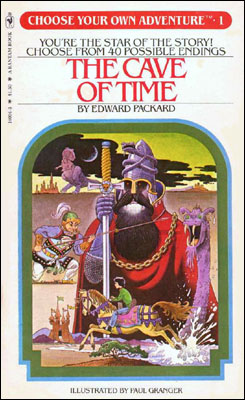I find that one of the most useful features of Twitter is the resource sharing. With a well-established network of educators, it seems easy to solicit responses from educators who are willing to share favourite resources on various topics. Today, one of my undergraduate students Krystal (@tealek) inquired about digital story telling resources. I sent out a tweet, and many good people within my network sent back their responses. I have collected these below (sorry if I missed anyone):
– @pcwoessner sent me to David Jakes’ excellent Digital Storytelling resources.
– @CherylDoig offered Jason Ohler’s resources.
– @lloydcrew sent me to the Images4Education site, and a great article by Bryan Alexander and Alan Levine.
– @cheritoledo offered a link to the Center for Digital Storytelling.
– @clintlalonde sent me to his long list of Delicious bookmarks tagged as digitalstorytelling.
– @plowenthal linked to a techheds podcast on digital storytelling.
– @sammora sent me to the resources at Montclair Public schools and their digital authoring initiative.
– @MagistraM led me to Langwitches blog and the various resources offered there.
– @bcdtech offered her Diigo list/digital storytelling category.
– @jorech sent me his Wikispaces page with a long list of resources.
– @shyj offered her list of Delicious bookmarks tagged on the subject.
– @barbaram sent Krystal her wiki of resources on storytelling and other activities.
– MtnLaurel offered her Diigo collections of resources.
Again, sorry if I missed anyone or screwed up any of the links. Do let me know.
This is one of my favourite uses of Twitter. Through the generosity of educators, it can be easy to gather a substantial list of educator-recommended resources on topics like this. And, I’m happy that through this post, I can give back a little to my network.






